Have you ever asked yourself, “What is the richest neighborhood in Philadelphia?” If yes, then you came to the right place.
Philadelphia is the largest city in Pennsylvania. Although this city is best known for its rich history and iconic landmarks, you will also find some of the United States wealthiest neighborhoods. The diverse geographic beauty of Philadelphia, the engaged community, and the enjoyable amenities of the area have attracted many rich people.
So, to help you understand Philadelphia’s affluent living, here are 9 of the richest neighborhoods in Philadelphia!
9. Wayne
Year founded: 1880
Population: 32,027 (as of 2020)
Land area: No officially defined land area

On the historic Pennsylvania Main Line, Wayne is where you can see Philadelphia’s past. You’ll find beautiful houses and parks around the area with natural landscapes.
Residents can hike, bike, stroll, and relax with friends and families in plenty of areas. Wayne gives you easy access to prestigious schools such as Haverford College, Bryn Mawr College, and Villanova University.
Did you know?
Wayne in Philadelphia is named after Anthony Wayne. He was a soldier who served during the American Revolution. Wayne is considered a war hero who was instrumental in winning the Battle of Fallen Timbers in 1794.
8. Bryn Mawr
Year founded: 1683
Population: 9,520 (as of 2020)
Land area: 4.80 square miles (12.40 sq km)
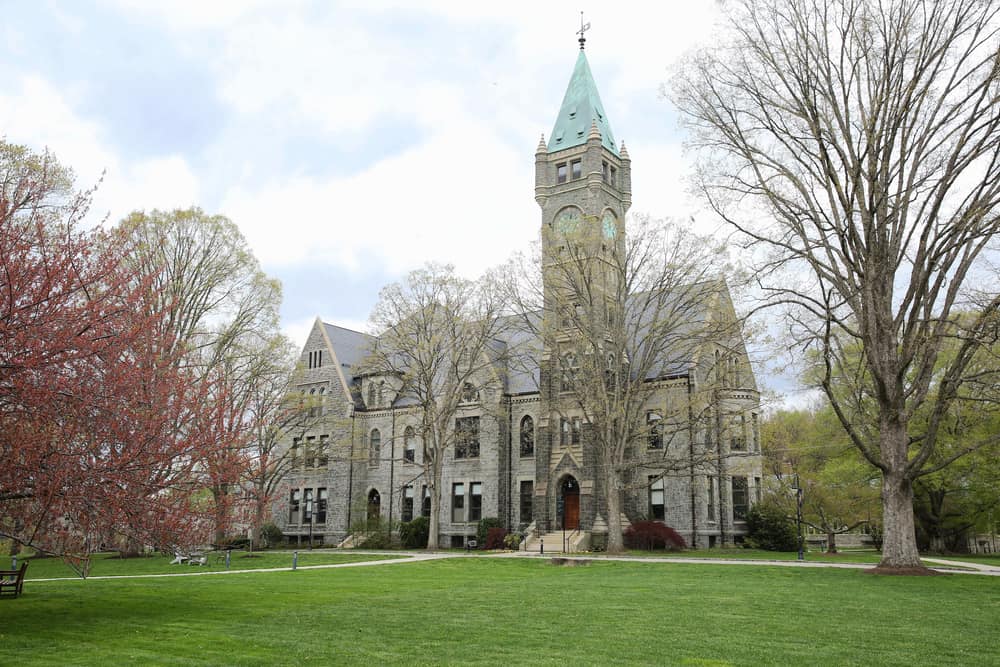
Bryn Mawr is an old neighborhood that served as a sanctuary for immigrants fleeing religious persecution. Over the years, it became a beautiful and affluent neighborhood with impressive homes with Victorian, Colonial Revival, Tudor Revival, and Gothic architectural designs.
Within Bryn Mawr, you’ll find prestigious schools such as Bryn Mawr College and Harcum College. You’ll also find a thriving commercial district with shops, cafes, and restaurants.
Did you know?
Bryn Mawr came from the Welsh word “Big Hill.” Bryn Mawr is also the name of an estate owned by Rowland Ellis. Ellis is a Welsh Quaker who moved to Pennsylvania to avoid religious persecution. The place’s original name was Humphreysville before it was changed to Bryn Mawr.
7. Chestnut Hill
Year founded: 1704
Population: 9,520 (as of 2020)
Land area: 4.80 square miles (12.40 sq km)
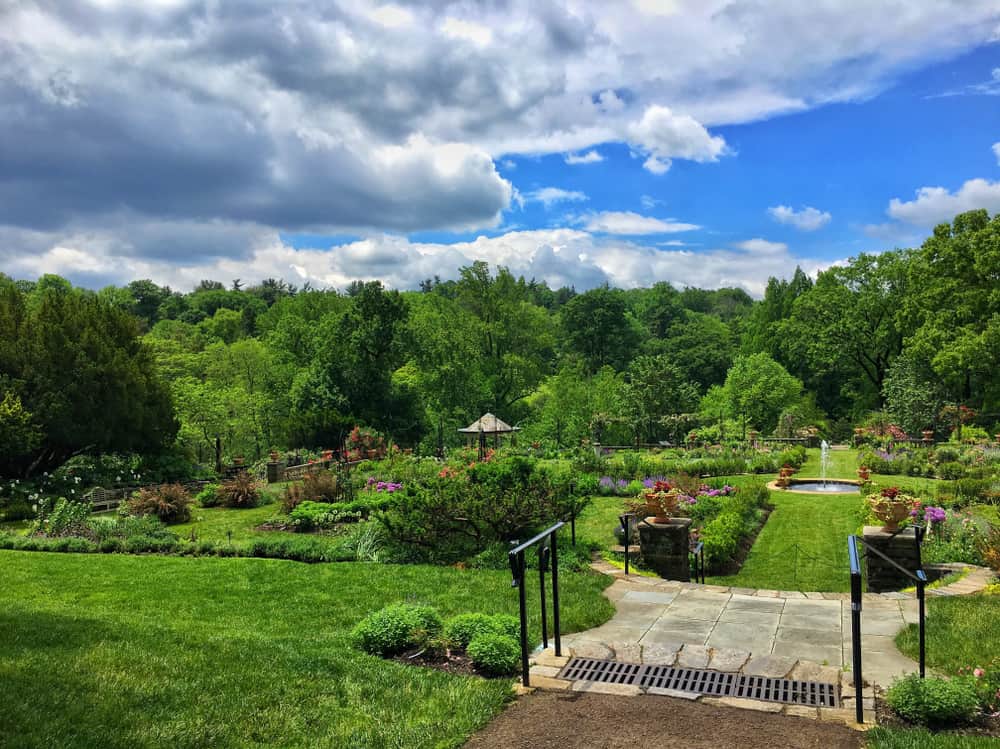
Take a walk down memory lane as you explore Chestnut Hill. It is rich in history, and you’ll find some of the best architectural designs in its neighborhood. Some of its oldest houses were built in the late 19th century, featuring Victorian and Colonial Revival beauties.
If you’re in the place, don’t miss visiting the Wissahickon Valley Park, which gives plenty of picnic areas and biking and hiking trails.
Did you know?
The Chestnut Hill is home to the Stagecrafters Theatre, considered the oldest community theater in the United States that is still operating. The place is non-profit and usually offers various theatrical productions ranging from classical to contemporary styles.
6. Merion Station
Year founded: 1600s
Population: 6,244 (as of 2020)
Land area: 0.60 square miles (1.60 sq km)

The Merion Station is located in Lower Merion Township. It has a mix of large luxury homes and modest but still charming houses. The beauty of Merion Station is made possible by its natural lush greenery, plus the big and shady trees around the area.
You’ll love the playgrounds, parks, and recreational facilities in Merion Station. Chief among them is the beloved General Wayne Park. You also have the Lower Merion School District, ranked as one of the top public schools in Pennsylvania.
Did you know?
The Merion Station got its name from a place in Wales called Merionethshire. The original settlers of the area came from Wales. However, the US Post Office changed the name to Merion Station to easily distinguish it from other communities in Philadelphia.
5. Penn Valley
Year founded: 1930
Population: 4,000 (as of 2010)
Land area: 2.28 square miles (7.30 sq km)
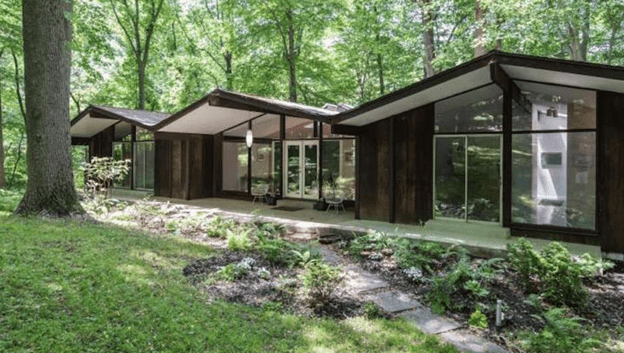
Penn Valley is one of the most affluent neighborhoods in Lower Merion Township. You’ll find large houses with superb architectural designs all around the area. Some older homes feature a charming look that makes Penn Valley a laid-back and relaxing place to stay.
Some attractions in Penn Valley include the Penn Valley Athletic Club and Cynwyd Heritage Trail. There are plenty of excellent schools in Penn Valley, such as the Shipley School and Waldron Mercy Academy.
Did you know?
The Penn Valley was formed in 1930 when the localities Fairview, Bowler’s Woods, and Crow’s Hill were combined together. The area was originally a farming community, but in the 1950s, farming lots were sold, which led to more and more areas being converted into residential zone.
4. Haverford
Year founded: 17th century
Population: 50,431 (as of 2020)
Land area: 9.95 square miles (25.76 sq km)
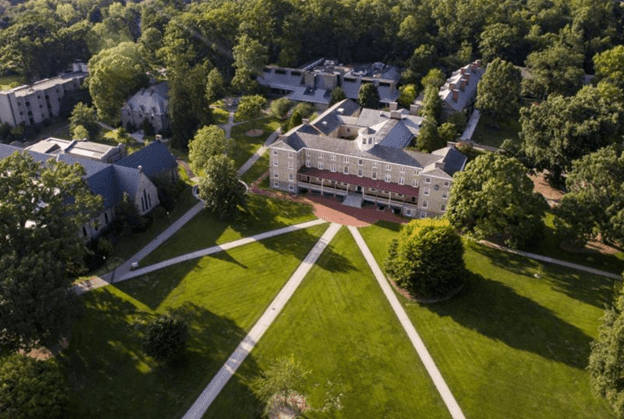
There are a lot of reasons why Haverford is one of the most sought-after and richest neighborhoods in Philadelphia. For one, the area is just so scenic and picturesque. Around the neighborhood, you’ll find luxurious houses, streets lined with shady trees, and spacious lawns.
The rich history of Haverford, combined with its modern and well-developed areas, makes it an attractive place to stay. Enjoy the parks, playgrounds, and shops in the area. You can play at the Merion Golf Club as well.
Did you know?
The first settlers of what is now known as Haverford Township were the Lenape people. European settlers arrived in the area in the 17th century and eventually drove away the natives. Due to the religious persecution in England, more and more Quakers settled in Haverford.
3. Fitler Square
Year founded: 1896
Population: 1,739 (as of 2020)
Land area: 0.00078 square miles (0.0020 sq km)
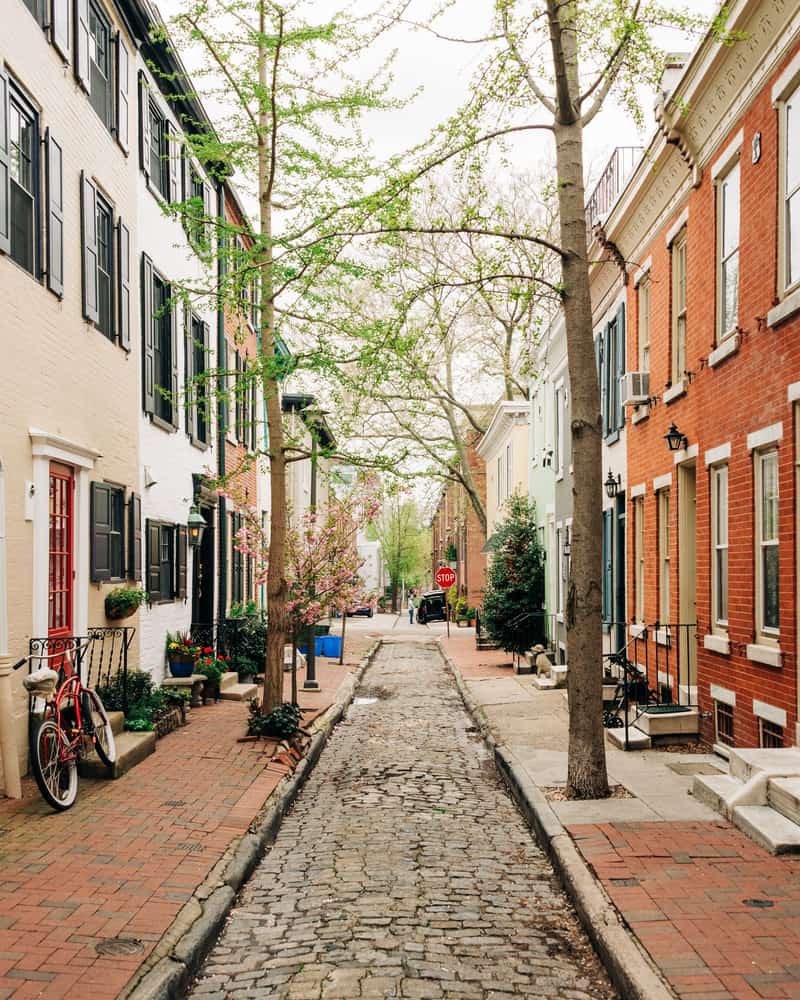
Don’t let the small size of Fitler Square deceive you because this neighborhood’s charming and quaint atmosphere has attracted some of the wealthiest residents of Philadelphia.
Fitler Square serves as a living reminder to its residents of how Philadelphia looked like in the past. It has beautiful parks and great restaurants, making living in this place pleasurable.
As you stroll around Fitler Square, you’ll find various dwelling places, including single-family homes, row houses, apartments, and upscale condominiums. Some of the oldest houses in Fitler Square date back to the 19th century.
Did you know?
Filter Square was named after Edwin H. Fitler, one of the most popular mayors of Philadelphia. He served from 1887 to 1891. Before Filter Square became an affluent residential area, it started out as a center for making ships and bricks.
2. Villanova
Year founded: late 1800s
Population: 8,900 (as of 2020)
Land area: 6 square miles (15.54 sq km)
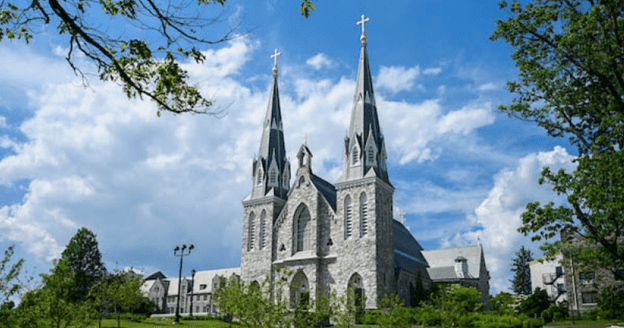
One of the most affluent neighborhoods in Philadelphia is Villanova. Most of its area is dedicated to residential purposes, with Villanova University at its center. Around the neighborhood, you’ll find lush green spaces, upscale homes, tree-lined streets, and relaxing parks. Residents of Villanova enjoy privacy, safety, and access to various amenities.
Some iconic places you should visit in Villanova include ApplefordEstate, Radnor Trail, and Villanova University.
Did you know?
Perhaps, the most well-known institution in Villanova is Villanova University. This educational institution is the only Augustinian Catholic university in the United States. What’s more, it is considered one of the country’s top universities.
1. Gladwyne
Year founded: 1682
Population: 4,071 (as of 2010)
Land area: 4.9 square miles (12.8 sq km)

Gladwyne is the richest neighborhood in Philadelphia. While most of the old houses in Gladwyne are modest in land area and value, you would certainly find some of the most expensive and beautiful Philadelphian estates in Gladwyne.
The overall topography of Gladwyne includes hilly and heavily treed lots. So, this means you’ll find plenty of lush and wooded streets in Gladwyne dotted by historic homes built hundreds of years ago.
Things you’ll find in Gladwyne include the Union League Guard House, Gladwyne Market, Rolling Hill Park, Mill Creek Dog Park, Philadelphia Country Club, and others.
Did you know?
One of the most well-known landmarks of Gladwyne is the Gladwyne Free Library, which is housed in a beautiful stone building. It was built in 1931 and has become integral to Gladwyne’s educational and historical landscape.
